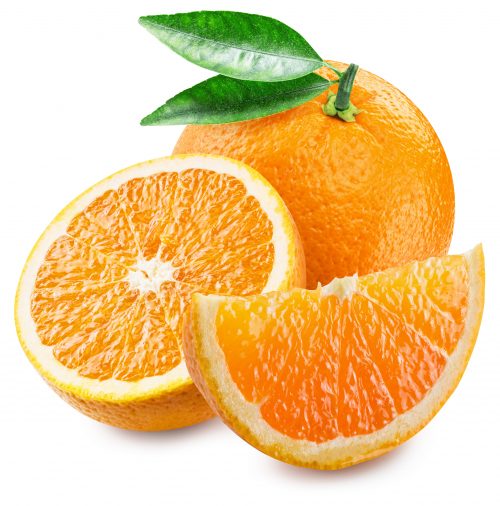
Nothing compares with the freshness and sweet flavour of peeled, sliced Navel oranges for breakfast, topped with a drizzle of honey, Greek-style yoghurt and toasted pine nuts.
Gisborne grows 85 per cent of the national supply of oranges. Navels are the main crop from winter through to December with Valencia oranges the remainder of the year.
Buying
Choose fruit that smells fresh, is heavy in the hand and an even vibrant orange colour. Check that the stem end is fresh and there are no wrinkles, soft spots, mould or a fermented aroma.
Storing
Oranges can be stored in your fruit bowl in a cool part of the kitchen for a few days but the fruit is best kept in the vegetable/fruit compartment of the refrigerator.
Nutrition
One orange provides fibre, is an excellent source of vitamin C and is a good source of folate. Vitamin C is a key nutrient for iron absorption, and vitamin C and folate help reduce tiredness and fatigue, and support a healthy immune system — especially important over winter.
Using
- Orange juice and zest can be used to flavour and add moistness to baking such as HFG orange and almond cake, muffins and Madeira cake.
- For a great winter salad, peel and segment oranges, add to chopped radicchio or cubed cooked kumara, pitted black olives and fresh flat-leaf parsley.
- Orange and fennel salad is great with pan-fried fish. Thinly slice peeled oranges and fennel. Combine with olive oil vinaigrette, some nipped fennel tops and chopped capers.
- Add a strip of orange peel when poaching quinces, apples and tamarillos or to give freshness to braised meat and game. Remove the peel easily with a vegetable peeler leaving any white parts.
- Finely chop orange zest, thyme, fresh flat-leaf parsley, rosemary, crushed garlic and blend with olive oil, black pepper for barbecued or roasted lamb, osso bucco or fish stew.
Did you know? The first oranges in New Zealand were planted in Kerikeri by early settler Charlotte Kemp in 1819.
www.healthyfood.com










